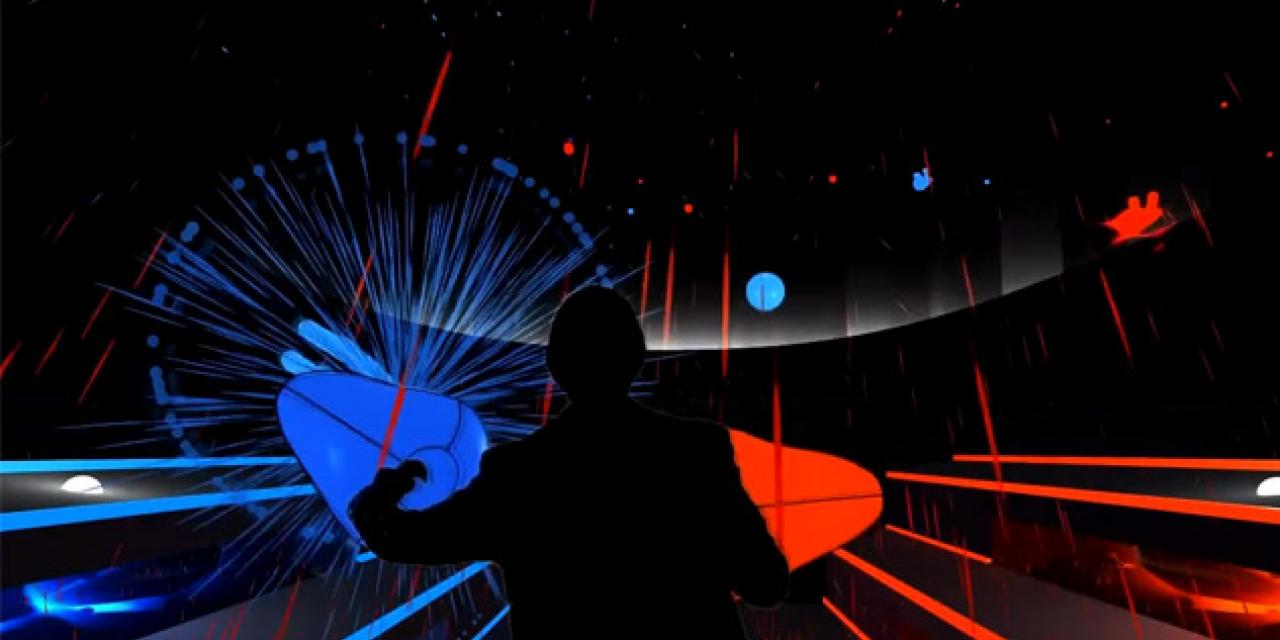
Human beings move around in a three dimensional world. We can see length, breadth and width. We can feel it, we understand it. Imagining more dimensions, like time, is difficult to do – like trying to explain a sphere to a 2D square.
That's the same problem virtual reality has right now. How do you explain a whole new dimension of media and gaming, to people who have only ever viewed it through the two dimensions of a flat-panel screen?
Virtual reality is the kind of thing that needs to be seen to be believed. You could try describing it like Redditor BlueManifest, by saying that TV is like looking out of a window with one eye closed, 3DTV is like opening the window and virtual reality is like actually stepping outside; but even that doesn't go far enough.
And this represents a really big problem for developers and the companies behind VR headsets like Oculus and HTC/Valve, because how do you convince people to buy the games and hardware if you can only convince them by showing it to them?
Reviews will help for sure and word of mouth will help, but one of the most commonly used traditional methods of game marketing is with the use of a trailer. But how do you show a VR trailer that people will actually understand? If you show footage from the perspective of the player, it will merely look like a semi-clumsy first person game. If you show a camera feed of the player in the real world, it looks like someone wailing around with an oversized pair of glasses on their head.
No, to market for virtual reality we need to get creative. We need a whole new type of trailer that blends reality in a way that allows everyone to not only understand what the player is doing, but what effect that actually has in-game.
A first attempt at this was made by the likes of Stress Level Zero, the developer behind Vive launch title, Hover Junkers. It's been releasing development blog videos throughout the entire creation of the game and ran into a lot of issues with people not understanding why VR was important for it when all it showed was in-game footage.
However when it began to debut videos with both a perspective from within and without the game, showing what the players were doing in the real world, that's when people started to understand why motion controls and VR were so important.
I think we need to go further than that though. For one, it doesn't look very polished and it there is simply no way to look at both camera feeds at the same time, so you're constantly playing catchup with your own eyes to figure out what it was that the player did when you saw them do something in-game, or vice versa.
Another option would be to overlay video of the player into the game world, like they're stood in-front of a projection of the VR game. That's what Audioshield did for its first trailer and it works rather well. You can see what the game looks like inside VR, you can see what the player does and how their interactions affects the game.
But it still feels unfinished. Not a polished trailer for a complete game.
What we need is something more akin to the set up that the people at Northway Games, with their Fantastic Contraption VR title. Coming free to all those that pre-order the Vive, Fantastic Contraption is a 3D building game which lets you create machines for functional and silly purposes, all in virtual reality.
While the game itself isn't anything groundbreaking, the way it's been marketed is. Using green screen technology, secondary camera spots in-game and a willing demo monkey, Northway has crafted the best VR trailers yet filmed.
In its mixed reality demonstrations, we see a crystal clear room in the real world, with the gamer walking around it, making changes to the game world, with their machine layered into it all. That is, we can see what the player is doing in-game, while moving around the real world. Fading in and out with the background too enhances the effect the VR world has on the viewer, making it much easier to understand what's going on.
While having a go yourself is still the best way to understand exactly what virtual reality is all about, these trailers go much further than anyone ever could in just describing the games. Here's hoping more advances make it even easier to understand – though of course once we all have a headset of our own, we won't need convincing any more.
